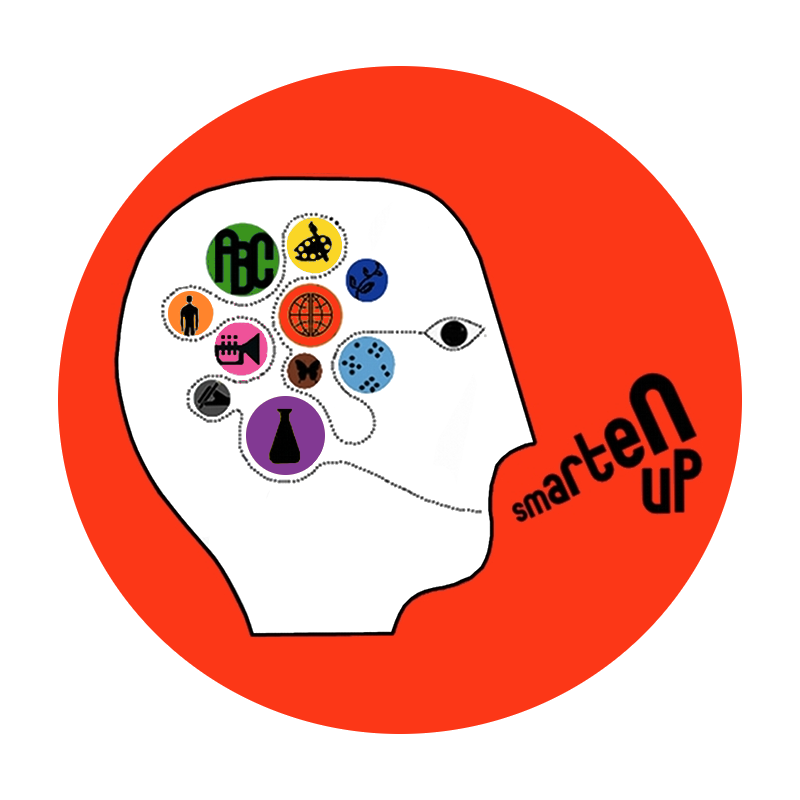The past few months have brought significant disruption to everyday life, the effects of which we may only now be starting to reckon with. While parents and teachers have done their best to maintain a sense of normalcy and routine in quarantine, even the best-run online school program is a serious adjustment for kids, and unsettling news from the outside world has a way of finding its way to young ears. Thankfully, kids have a great capacity for adaptability and resilience; however, they are also remarkably sensitive to change and will, like all of us, need to find a healthy way to process these extraordinary circumstances. One way parents can enable this healthy processing is by encouraging a new creative outlet.
-Music offers one avenue for creativity, and summer at home could be a great time to pick up a new instrument! Learning to play an instrument has well-documented benefits for cognition, in addition to opening up a new form of self-expression.
-Creative writing is another great option, since it develops skills in self-expression that students can use in their academic work as well, not to mention in their approach to communication outside of the classroom. This can take many forms — for a guided introduction to poetry or playwriting, check out our offerings at Smarter Summers.
-For students who are visually inclined, offer the chance to experiment with art materials to paint, draw cartoons, or sketch — and seek out Youtube tutorials for project ideas and quick lessons. For tactile learners, consider clay or simple sculpting materials.
-In addition to flexing their own creative muscles, students can benefit from taking in the creativity of others. Guide students toward creative works to read, watch, or listen to, and then engage them in conversation about their reactions.
The goal of any of these options is to encourage low-risk creativity as a way for your students to express themselves this summer while developing new skills at the same time. And of course: feel free to get creative about what creativity means to you, and in your context!

